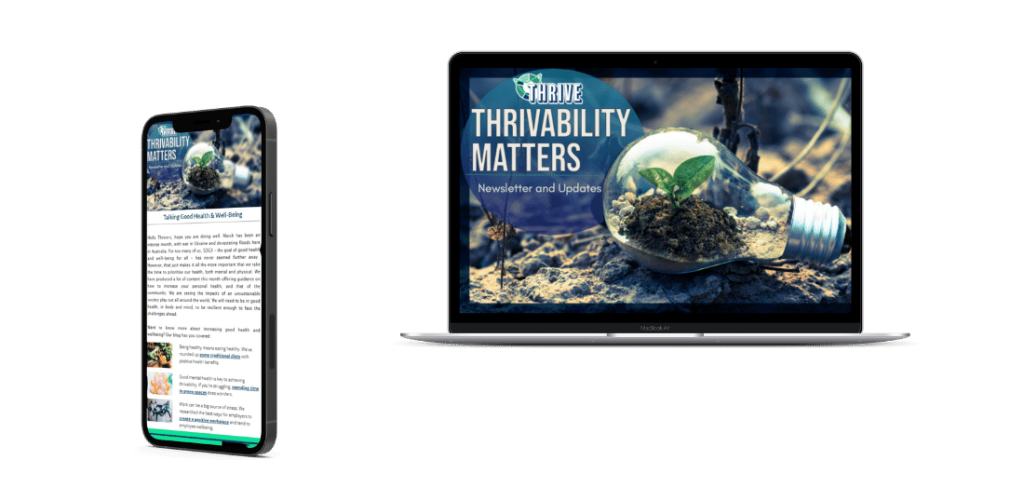The world is full of shocking extremes. We can even witness it in our own cities. Those that live in million dollar mansions are not a block away from a homeless shelter. Some consumers can buy the most expensive brand of all-natural yoghurt on the shelf, while others can’t even afford it. We spend $63 trillion each year on consumer goods and services, yet there is still a $2.5 trillion funding gap to end extreme poverty (World bank, 2018). This is an unsustainable system. Currently, 736 million people are stuck in extreme poverty, because they lack access to basic health, education, and living standards (UNCTAD, 2019). For this injustice to occur, the system must be broken, but that is where Thankyou comes in, a sustainable brand which is changing the system.
THANKYOU’S MISSION

Co-founders Daniel and Justine started Thankyou (formerly known as thankyou water) in 2008. The couple was struck by the duality of our world. That extreme poverty and extreme consumerism could live side by side. Together with a few friends and the collective idea that individual actions can create a huge impact, they started Thankyou. In his book, Chapter 1, Daniel explains that their mission is to “amplify impactful change-makers to better serve people living in extreme poverty by redistributing wealth from consumer spending.”
They started with bottled water, and the thought that if you had to buy such a silly product, why not make it have a positive impact? All profits made from selling Thankyou products are then given to communities in need, to fight inequity, scarcity, and poverty. Through empowering consumers and the vulnerable communities to which funds are distributed, a community started to grow. In 2013, the Thankyou community petitioned Australia’s two largest supermarkets to stock Thankyou products, and they said yes. Thankyou began to change from just a brand into an impactful group of people, taking small steps to create big change.
A SUSTAINABLE BUSINESS MODEL
It’s important to restate that Thankyou started off selling only one product. Bottled water. Perhaps one of the silliest products out there, since 71% of the world population has access to safe drinking water (Hannah Ritchie and Max Roser, 2019). However, while it existed, they wanted to provide a choice to customers to counteract the negative impact of buying bottled water. As the brand matured and started incorporating more sustainable practices, they realised there was no true sustainable alternative. They have since de-launched their single-use plastic bottle water range in order to pursue a more sustainable business model.
Now having run for 13 years, Thankyou sells many products, ranging from soaps, shampoos and muesli bars. Whilst diversifying their products, the team came across challenges in how to make that product sustainable. The brand is now implementing many sustainable business goals into all aspects of its brand. They have already achieved 100% of the products being made from responsibly sourced ingredients (including RSPO certified palm oil), and being cruelty-free. And as of 2020, Thankyou is a 100% certified carbon neutral company. Thankyou is now focusing on minimising the amount of resources used and the waste left from packaging. Their main focus is to gain full transparency across all areas of the manufacturing chain, to ensure it is ethical and sustainable into the future.
GIVING BACK
Thankyou is carefully remodeling the system that is broken by bringing consumers a product choice that exists to do good. Their goal is to help create a world where not one person lives in extreme poverty. You can help end poverty too by choosing sustainable and ethical brands, such as Thankyou. As a consumer, you have the power to put your money where it matters and has an impact. With their focus on building a sustainable business model, we are sure that Thankyou will continue to THRIVE in the future.

